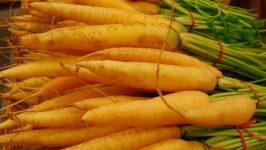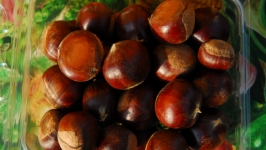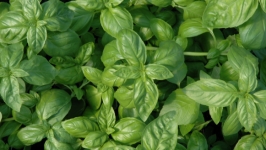Brussels Sprouts Recipes & Info
Discover | Michigan’s fall crops require some tolerance to cooler weather. Brussels sprouts are no exception. Known as a cold crop—along with other plants in the mustard family such as cabbage, broccoli and cauliflower—they prefer lower temperatures for optimal growth. Expect their flavor to even improve after a few light frosts. Find these tiny cabbage heads at your local farmers’ market.
Taste | Brussels sprouts are surprisingly sweet and slightly nutty tasting. Unlike full-size cabbage heads, they grow in a spiral around a single long stem that can be as tall as three feet. Like their cousins broccoli and cauliflower, Brussels sprouts need to be cooked properly to maintain a crisp, dense texture. It is important to avoid overcooking them to prevent that unpleasant sulfur smell associated with overcooked cruciferous vegetables. Brussels sprouts are often just roasted and served as a side dish, although they make great additions to salads, gratins, stir-fry and soups. Try shredding them just like cabbage for an unconventional cole slaw.
Fortify | Brussels sprouts are a good source of folate, potassium and beta carotene. With a serving size of only four sprouts, they are a low-calorie, nutrient-dense food that contains the same amount of vitamin C as an orange. Brussels sprouts are also one of the few vegetables with a significant amount of the omega-3 alpha-linolenic acid—a fatty acid that is essential for reducing inflammation. Be sure to eat cruciferous vegetables, including Brussels sprouts, at least two to three times per week for the greatest health benefit.
Preserve | Brussels sprouts are harvested by either twisting off individual sprouts or cutting down the entire stalk. Store Brussels sprouts in a plastic bag in the refrigerator for up to four days. Eat them sooner rather than later, because the longer they are stored, the stronger the flavor becomes. Prepare Brussels sprouts by removing wilted leaves, trimming the stem, washing well and cooking them to barely tender. When cooking whole, cut a shallow “X” in the base of the sprout so the heat can penetrate evenly. After blanching, Brussels sprouts freeze well for up to one year








